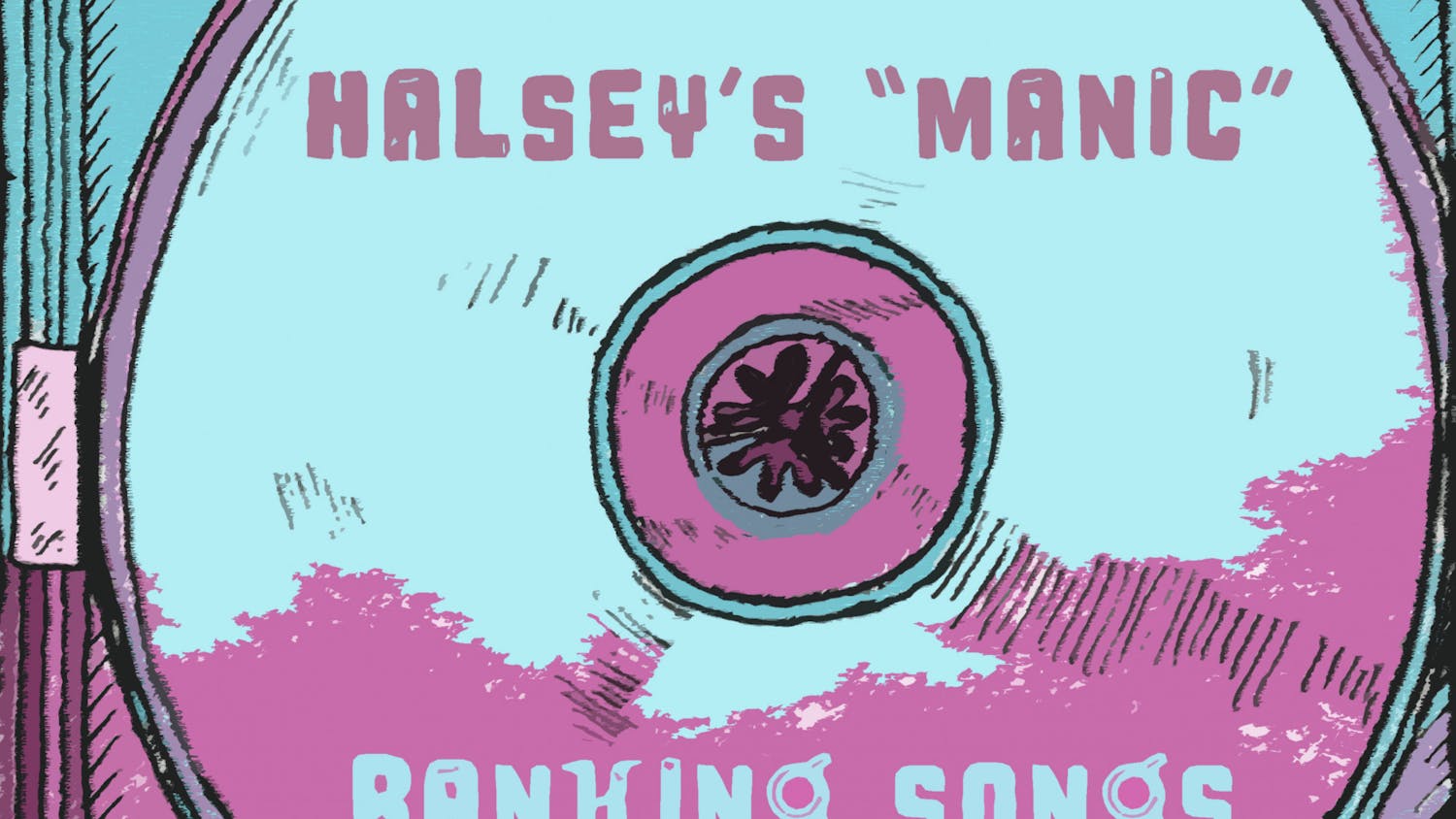SZA’s “Kill Bill” is currently sitting at the No. 3 spot on the Billboard Hot 100, and it’s certainly notable that a song this popular isn’t about partying or heartbreak, but foul play.
The second track from her newest album, “SOS,” explicitly details the narrator’s desire to kill both her ex-boyfriend and his new lover, since she’d “rather be in jail than alone.” By the end of the song, she has gone through with her plan, despite her claims that she’s “so mature” and still loves her ex. Throughout the song, she continually asks, “how’d I get here?”
So, how did she get here? While murder isn’t exactly a common topic for a pop song, it’s not the first of its kind.
A trope of very early country music was songs about real murders sung from the point of view of the murderer, often the male lover of the female victim. “Knoxville Girl,” a murder ballad that changed the location of a real murder from Wexford, Ireland to Knoxville, Tennessee, was first recorded in 1924 and is a well-known example of this trope. In it, a man walks with his lover along a river and begins to beat her with a stick. Then, after knocking her unconscious, he drags her into the river and lets her drown: “I took her by her golden curls and I drug her round and around/ Throwing her into the river that flows through Knoxville town.”
A similar murder ballad that was based on a real crime, “Frankie and Johnny” was covered several times by artists like Elvis Presley, Sam Cooke and Louis Armstrong. However, in this song, there are a few crucial differences. The first is that the murderer is a woman that kills her boyfriend, and the second is that we are given a reason as to why she committed the murder. In the song, we learn that Frankie discovers her boyfriend cheating on her, and shoots him with her father’s gun.
The final distinction is that the song is not sung from the point of view of anyone in the story, but remains sympathetic toward both the cheating man and the murderer's girlfriend.
In 1962, Bob Dylan appeared on a radio show and sang a song that never appeared on any of his albums, “The Death of Emmett Till.” The song tells the story of the real-life lynching and trial that occurred at the beginning of the Civil Rights Movement. This song marks a shift in the murder ballad in that it serves as a commentary on racial discrimination of the day, adding to Dylan’s repertoire of protest songs and not at all sympathizing with the oppressor and murderer.
Aerosmith’s “Janie’s Got A Gun” is notable in its lack of details about the murder itself. Unlike these other songs, the murderer does not kill her lover, but her father, as revenge for implied childhood abuse. The song was immensely popular, reaching No. 4 on the Billboard Hot 100 in 1990.
In 2000, The Chicks released “Goodbye Earl” as a single that peaked at No. 13 on Billboard’s Hot Country Songs list. This song is also told from the outside perspective. In it, two friends that graduated high school together, Wanda and Mary Ann, plot to murder Wanda’s abusive ex-husband, Earl, after she ends up in intensive care from the injuries inflicted by him. This song has no sympathy at all for Earl and seemingly cheers the women for taking action against him.
The final form of the popular murder ballad takes place in two songs: “no body, no crime” by Taylor Swift and Haim, and “Kill Bill” by SZA. Both of these songs are from the perspective of the female killer, and there is a chilling factor in the attitude of these women.
In “no body, no crime,” the narrator kills her friend, Este’s, husband after he murders her. The husband is also suspected of having cheated on Este and has his new lover move in shortly after she is killed. The narrator is … Swift (ba dum tss) in deciding that Este’s husband must die: “Somebody’s gotta catch him out.”
“Kill Bill” doesn’t exactly say what the narrator’s ex did that made her so angry, which is something notable about the song. Looking back at “Knoxville Girl,” the murderer kills her for seemingly no good reason, and while we can surmise that the SZA of “Kill Bill” is angry at her ex for leaving her, she’s much more similar to the narrator in “Knoxville Girl” than her female counterparts. It appears that this narrator is not getting revenge for something unforgivable, but rather a simple heartbreak.
During the evolution of popular murder songs, the trend went from having no reason to kill other than being an abusive man with rage issues to killing for revenge after being wronged to once again killing for no good reason, except this time, the killer is a girl boss. This change aligns with the movement for women’s rights and the culture surrounding it. Of course, this doesn’t mean that feminism has encouraged women to do more murder, but it does reflect the attitude of women taking action and standing against men that wrong them. And, at the time of “Kill Bill,” we now have an irony-poisoned internet culture that jokingly encourages rash behavior for small wrongdoings.
“Kill Bill” is a mark of a full-circle moment in murder ballads, but this full-circle moment comes with a reflection on how far we’ve come since singing about the all-too-common occurrence of men killing their girlfriends, and instead singing about the less common murderous woman scorned.






